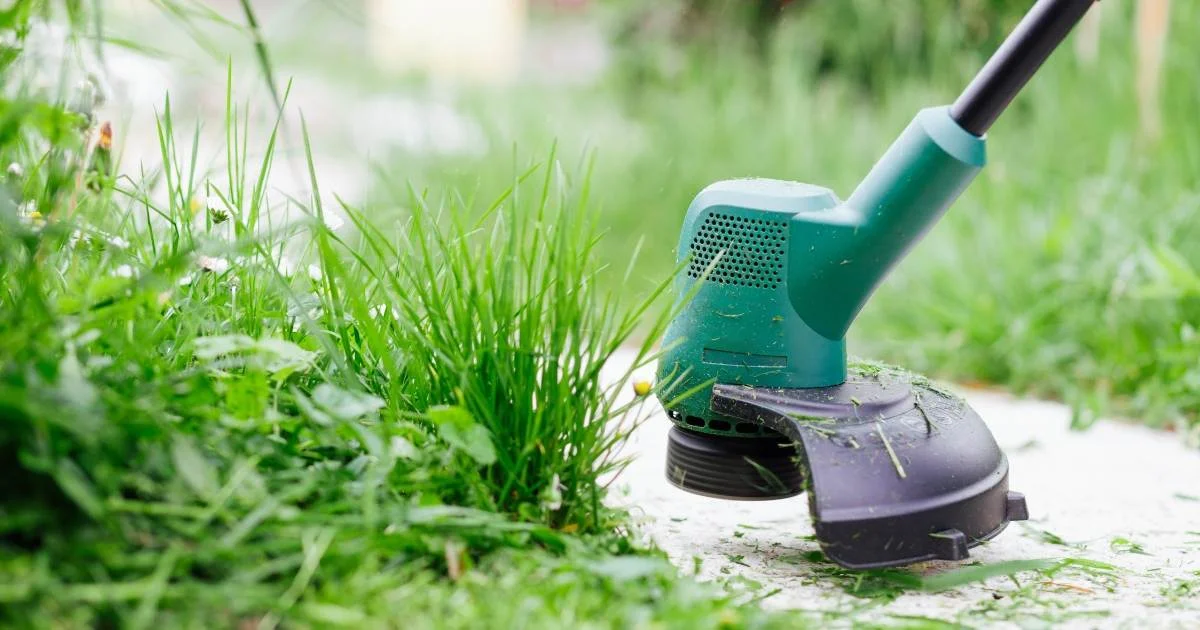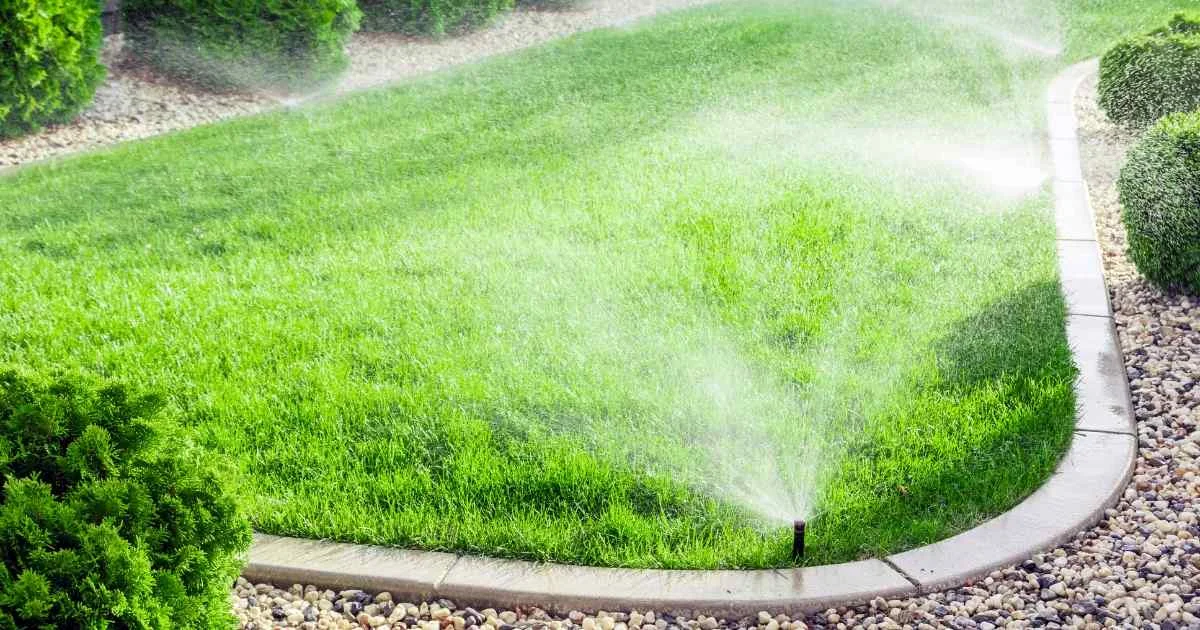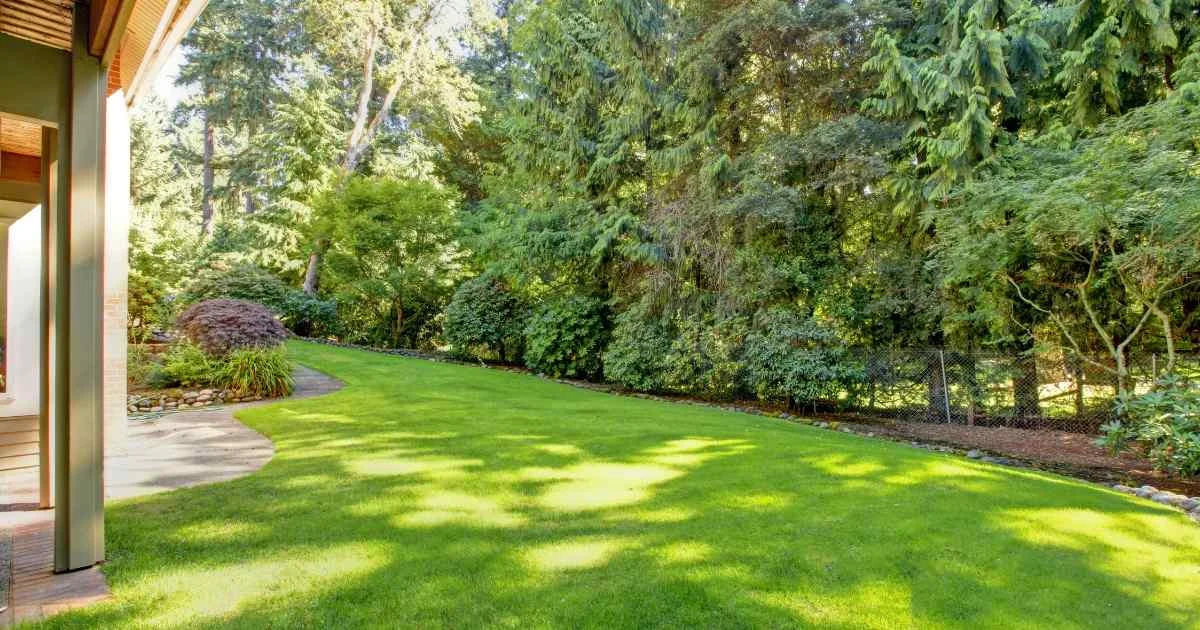
Hello, friends! Have you ever asked yourself: “Is my lawn care schedule hurting my yard?” If so, this is the blog for you!
We have many suggestions on mistakes to avoid when managing your lawn. Everybody wants their lawn to look good, but there is much more to lawn care than just having fresh grass. A healthy manicured lawn impacts your property value, reduces erosion of the soil, helps with stormwater runoff, and much more.
Tips for Maintaining a Healthy, Thriving Lawn
Certain cues your lawn will give you indicate whether it is healthy or not. If the lawn is nice and green (not too dark or too light, right in the middle) and overall growing well, it is getting more than just what it needs. This includes nitrogen fertilization.
Do not Put Your Lawnmower Away Too Early
Do not put your lawnmower away too early in the season. If the grass is still growing, you can keep your lawnmower out even into the late fall (depending on where you live). Failing to properly mow your lawn can result in potential diseases, including Snow Mold. A disease that tends to happen to residential lawns in regions with cold winters and snow cover. There are two types to keep in mind: Gray Snow Mold and Pink Snow Mold. Also, make sure your lawnmower blades are sharp year-round to get the best results.
Effective Strategies for Tackling Broadleaf Weeds
Some of the most common broadleaf weeds include creeping Charlie, dandelion, and clover. However, other plants can also invade quickly and become a real hassle. This is why having professional help can ensure weeds are kept at bay. Professionals will know to treat growing weeds on warm, dry days for maximum effectiveness.
When used properly, broadleaf weed killers can be highly effective when you use them during the right time. At JLC, we utilize the latest technology to keep your lawn weed-free. Our advanced product lineup effectively tackles a wide range of broadleaf weeds, and we also offer a pre-emergent solution specifically designed to prevent crabgrass before it starts. Depending on your treatment, our team will determine the best time to apply.
Avoid Delaying the Application of Weed Preventers
Pre-emergent weed control works by preventing crabgrass from fully germinating. By applying these methods early in the season, you can prevent an outburst of weeds. Think of it like treating a wound before an infection forms. A big mistake is waiting too late in the season, with the optimal period being from March to May.
The reason timing matters is that weed preventers are not effective on weeds that have started to grow already. To get the best result, they must be applied before germination. Crabgrass, a common target of lawn weed-preventing measures, germinates after forsythia blooms. This typically occurs between late March to early April.
Once you get to the reseeding stage, for cool-season grasses, the best time to seed is during the fall. If you have warm-season grass, aim for the late spring.
Skipping Lawn Fertilization
As your grass grows, it naturally absorbs the nutrients in the surrounding soil. As you continue lawn maintenance, the soil nutrients will deplete, meaning you will want to intervene with a fertilizer. You can allow lawn clippings to decompose back into the soil, but it is only going to go so far. A regrettable decision is skipping fertilizer at least occasionally to replenish those nutrients.
You can reach out to lawn specialists to do a soil test every single year to see how much fertilizer is required. This will also help you determine the soil's acidity. Properly feeding the soil in your lawn is an essential part of lawn care, too.
Timing Matters: Choosing the Right Time Based on Region
We will break this down quickly, then we will get more in-depth!
Northern Regions: Fertilize in fall and spring.
Southern Regions: Fertilize in spring and summer.
Fertilizing for Seasonal Grasses
For cool-season grasses, it's better to feed in the late fall (such as October and November), during times when growth has slowed down but the grass is still visibly green. This means that by the following spring, you will benefit from earlier greening and overall nicer-looking grass.
Warm-season lawns should only be fertilized in the fall if they have been overseeded with winter ryegrass. Avoid applying fertilizer to dormant grass, whether during winter or summer dormancy caused by drought.
Another common mistake that occurs in lawn care is aerating while the soil is dry and hard. Even powerful lawn aerators cannot penetrate the soil that deeply while it is in that condition. Make sure you water your lawn before any aeration or wait for a day with a good amount of rain.
Water Grass Early in The Morning

Generally speaking, early morning is a better time because your lawn will have more time to absorb moisture.
The sun will allow the grass to dry, preventing the potential for moisture-related diseases. Where you can, try not to water during the nighttime, as the lower temperatures could cause the grass to remain wet.
Also, avoid watering during the hottest points of the day because the grass may not be able to absorb the water before it evaporates.
Only water the grass as necessary. We recommend deep watering once or twice a week. However, you need to check with your local municipality, as some have recommendations or restrictions on the time and frequency of watering. This helps to cut down on waste. So, when in doubt, follow those guidelines.
Failing to Mow Frequently Enough: Why it Matters
While it seems obvious that you should mow your lawn, it is not about maintaining the look of your grass. In fact, mowing impacts the overall health of your lawn. Mow as needed to remove no more than one-third of the grass height at a time. This helps to just add nutrients to your soil od knowledge to help you grow.
A lot of the time, homeowners will opt to mow their lawns only on the weekends due to work and life obligations. This means your lawn is on a 6-7 day mowing schedule. This practice is perfectly fine, but growth increases during the springtime. This means you may need to mow your lawn every 4-5 days during that time.
You do not want to wait until the grass is too tall, because you can cause your lawn significant stress. It is much more advisable to keep your lawn regularly mowed to not only keep it pristine but also prevent pests from hiding out in the long grass.
Additional Tips to Consider
Wow! We have gone through a lot of information; that is a lot to absorb. Let us quickly go through some shorter, bullet-point tips to help maintain your lawn in Ontario.
Mow regularly and keep grass at the recommended height. According to Canada.ca, that height is between 6-8 centimetres.
Depending on your grass, fertilize in the spring or fall.
Use pre-emergent crabgrass treatment and post-emergent weed control based on a professional’s recommendation.
Annually aerate your soil.
Depending on your grass, overseed in early fall or spring.
When you notice pests or disease, contact a professional to deal with the issue promptly before it spreads. Here are some signs of pests or disease in your lawn.
Make sure to rake your leaves during the fall.
Make sure your mower blades are sharp. Dull blades = bad grass.
Have your lawn’s pH and nutrient levels tested.
Jody’s Lawn Care Will Keep Your Lawn Looking Fresh!

Not sure if your lawn care routine is helping or hurting? You are not alone. A lot of homeowners feel overwhelmed trying to get the timing right—especially with everything else life throws at you. That is where we come in.
Jody’s Lawn Care started more than 25 years ago with one mower and a bike. Jody Kirk built this business the old-fashioned way: one yard at a time. Today, we are proud to be a family-run team serving Simcoe, Cambridge, and nearby communities with the same care and attention we started with.
We stay up to date on the best tools, techniques, and treatments so you do not have to. From regular mowing to weed control and seasonal care, we will keep your lawn in great shape—without adding to your to-do list.
We are proudly Canadian, and we know how valuable your time is. Let us take care of the yard, so you can get back to what matters most.
Have questions or ready to get started? Contact us today. We would love to help.
See you in the next blog!


